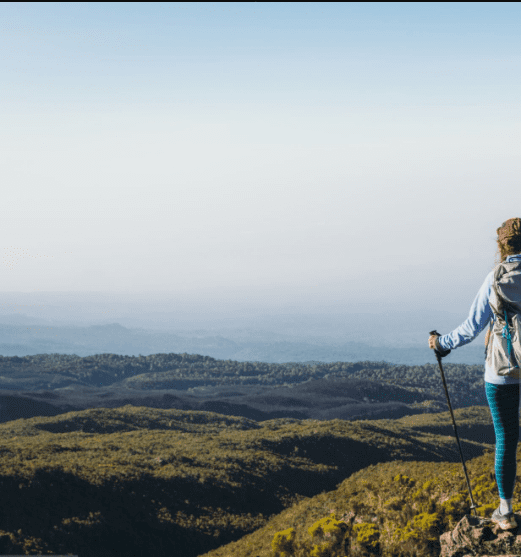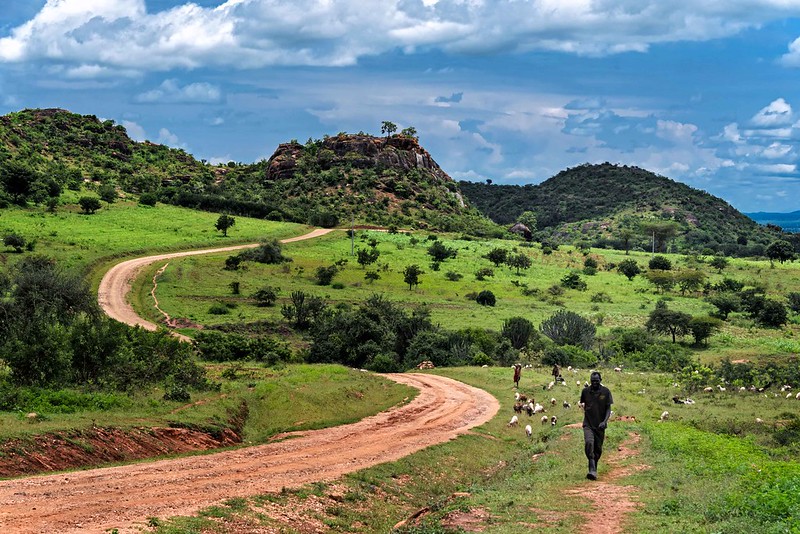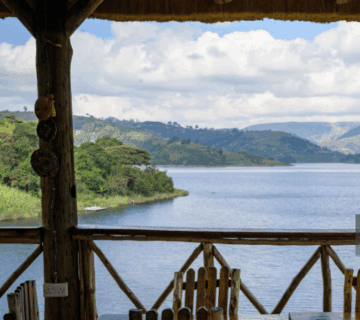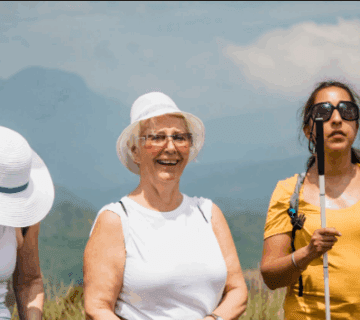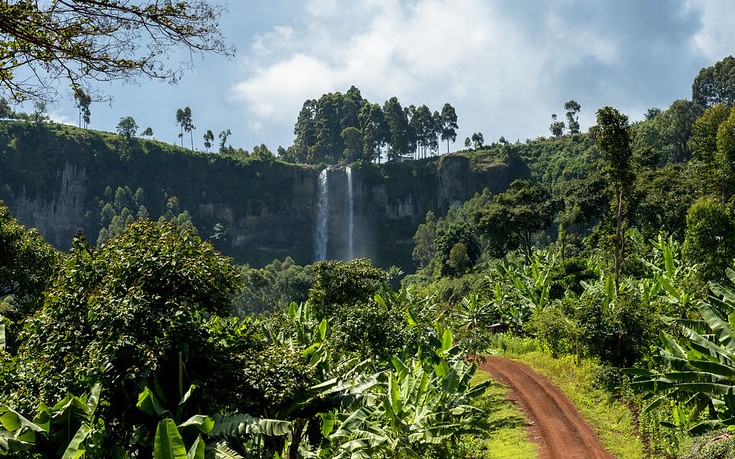How to Train for High-Altitude Hikes in East Africa
High-altitude hikes in East Africa are among the most rewarding adventures any trekker can experience. From the snow-capped peaks of Mount Kilimanjaro to the rugged trails of Mount Kenya and the breathtaking Simien Mountains, these treks offer unparalleled beauty and a profound sense of accomplishment. However, preparing for high-altitude hikes requires more than just physical endurance—it demands mental resilience, proper acclimatization, and strategic training.
If you’re dreaming of conquering these majestic peaks, this guide will provide you with a comprehensive training plan to ensure you’re fully prepared for the challenge. Whether you’re a seasoned hiker or a beginner, these tips will help you build the strength, stamina, and confidence needed to succeed.
Understanding the Challenges of High-Altitude Hikes
Before diving into training, it’s essential to understand what makes high-altitude hikes so demanding.
1. Altitude Sickness
As you ascend beyond 8,000 feet (2,400 meters), the air becomes thinner, reducing oxygen levels. This can lead to altitude sickness, with symptoms like headaches, nausea, dizziness, and fatigue. Proper acclimatization is crucial to avoid severe conditions like High Altitude Pulmonary Edema (HAPE) or High Altitude Cerebral Edema (HACE).
2. Extreme Weather Conditions
East Africa’s high-altitude hikes expose you to rapidly changing weather—freezing temperatures at night, strong winds, and even snow. Proper gear and physical conditioning are necessary to withstand these conditions.
3. Long, Steep Ascents
Trails like Kilimanjaro’s Barranco Wall or Mount Kenya’s Chogoria Route involve steep, rocky climbs that test your endurance and leg strength. Training should focus on building both cardiovascular fitness and muscular endurance.
Step-by-Step Training Plan for High-Altitude Hikes
1. Start Early (3-6 Months Before Your Hike)
High-altitude hikes require gradual preparation. Begin training at least three to six months before your trek to build endurance and strength progressively.
Cardiovascular Training
-
Running or Cycling: Aim for 3-4 sessions per week (30-60 minutes each) to improve heart and lung capacity.
-
Stair Climbing: Simulate uphill hiking by climbing stairs with a weighted backpack.
-
Swimming: Enhances lung efficiency, which is crucial for high-altitude oxygen adaptation.
Strength Training
-
Leg Workouts: Squats, lunges, and step-ups strengthen quads, hamstrings, and calves.
-
Core Exercises: Planks and Russian twists improve balance and stability on uneven terrain.
-
Back and Shoulder Strength: Deadlifts and shoulder presses help with carrying a backpack.
2. Simulate Hiking Conditions (2-3 Months Before)
As your hike approaches, shift to more specific training:
-
Weekend Hikes: Go on long hikes (6-8 hours) with a loaded backpack (10-15 kg) to mimic trekking conditions.
-
Hill Repeats: Find a steep hill and hike up and down repeatedly to build endurance.
-
Altitude Training (If Possible): If you live at low altitude, consider using an altitude mask or training at higher elevations.
3. Mental Preparation
High-altitude hikes are as much a mental challenge as a physical one.
-
Visualization: Picture yourself reaching the summit—this boosts motivation.
-
Breathing Techniques: Practice deep, rhythmic breathing to improve oxygen intake.
-
Positive Mindset: Prepare for discomfort and remind yourself why you’re doing this.
4. Acclimatization Strategies
-
Choose a Longer Route: Opt for routes with built-in acclimatization days (e.g., Kilimanjaro’s Lemosho Route).
-
Climb High, Sleep Low: This technique helps your body adjust to altitude.
-
Hydration and Nutrition: Drink 4-5 liters of water daily and eat high-carb meals for energy.
Essential Gear for High-Altitude Hikes
Having the right gear can make or break your trek. Here’s a checklist:
-
Layered Clothing: Moisture-wicking base layers, insulating mid-layers, and a waterproof outer shell.
-
Sturdy Hiking Boots: Break them in before the trek to avoid blisters.
-
Trekking Poles: Reduce knee strain on descents.
-
Sleeping Bag: Rated for sub-zero temperatures.
-
Headlamp: Essential for early summit attempts.
Final Tips for Success
-
Listen to Your Body: If you feel severe altitude sickness symptoms, descend immediately.
-
Pace Yourself: Slow and steady wins the race—don’t rush.
-
Train with a Partner: Hiking with a friend keeps you accountable.
-
Consult a Doctor: Get a medical check-up before attempting high-altitude hikes.
High-altitude hikes in East Africa are life-changing adventures, but they require dedication, preparation, and respect for the mountains. By following this training plan, you’ll build the physical and mental strength needed to conquer these peaks. Remember, every step you take in training brings you closer to standing on the summit, gazing at the breathtaking views that only high-altitude hikes can offer.
Start training today, stay disciplined, and soon, you’ll be ready to take on the majestic trails of East Africa. The mountains are calling—will you answer?

